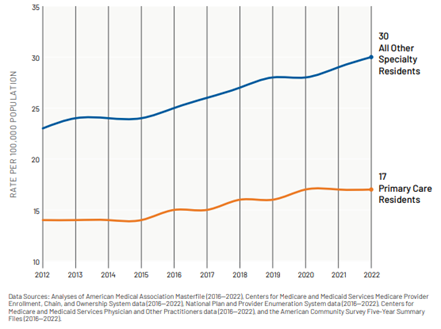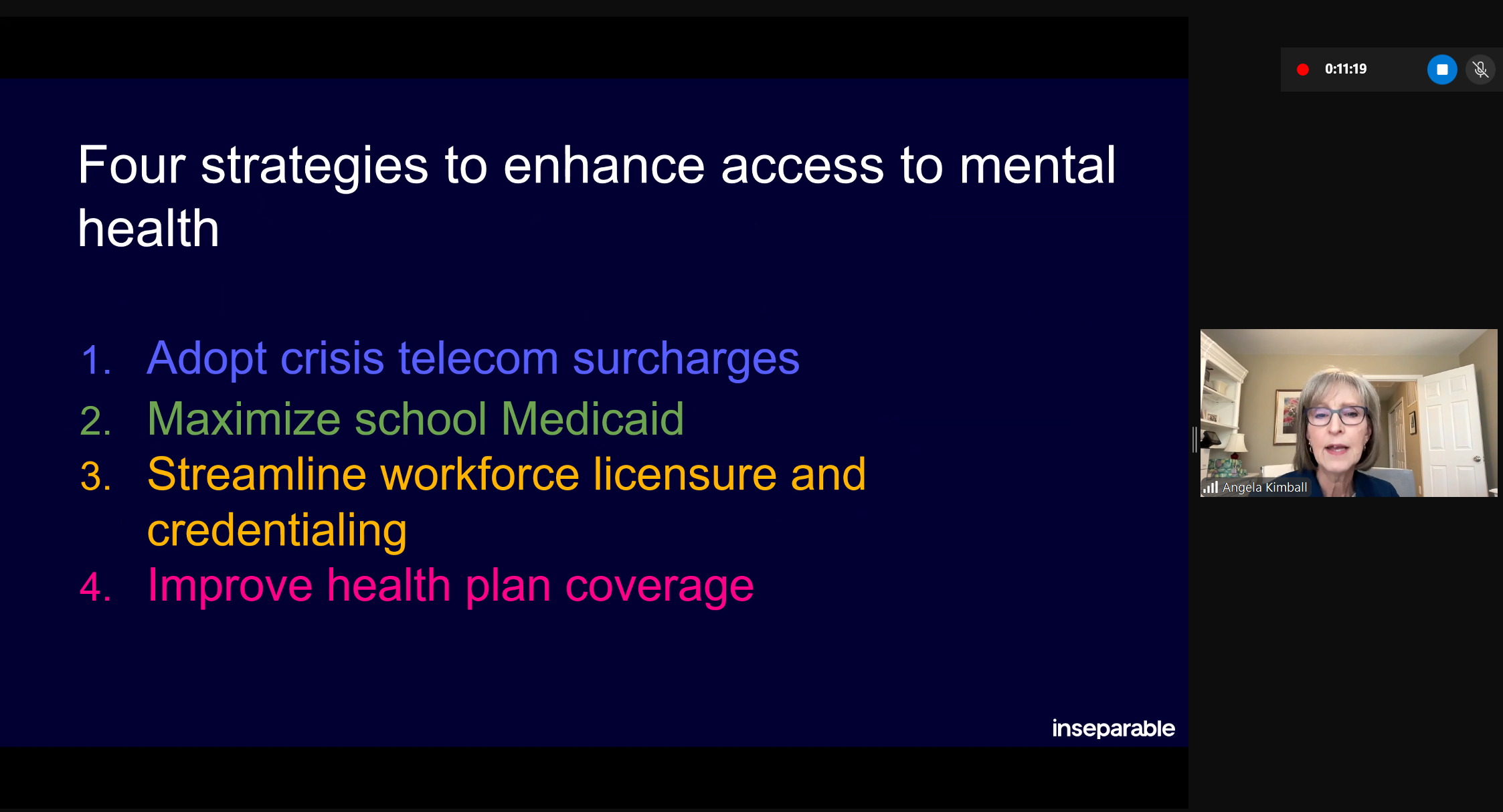Governors are developing policies to promote the ongoing transformation of the energy sector into one that is more diverse, efficient, sustainable, resilient and secure. Primary areas of focus include energy efficiency, clean energy, transportation electrification and measures that support protections against cyber and physical threats. In all these areas, governors are supporting new incentives; advancing ambitious goals; working to address concerns with affordability, equity and reliability; and developing new partnerships.
The Electric Power Research Institute (EPRI) estimates that each state can save 12% to 21% of retail sales by implementing cost-effective energy efficiency improvements. Clean energy, alongside natural gas, has become the leading choice for new power generation, with more than a dozen states setting ambitious new targets to get to 75% to 100% clean energy. As electric vehicle ranges and model selection have increased and the recharging infrastructure grown, transportation electrification has become more widespread. Meanwhile, states have worked to ensure that the electric grid is both smart and secure and that the system can respond to growing threats from bad actors, increasingly intense storms, floods and wildfires.
The Center for Best Practices State Energy Toolkit (toolkit) offers ideas to help governors respond to trends as they take action in their states. For each area — energy efficiency, clean energy, transportation electrification, and cyber and physical protection — the toolkit offers three types of guidance:
- An overview of the technologies and key policy trends.
- A summary of opportunities, challenges and key state solutions.
- A menu of state policy solutions, spotlighting examples from leading states.
Additional information is available from the many resources provided in the endnotes.
Governors will be able to use this toolkit to craft approaches that meet their state’s goals for advancing clean energy.












